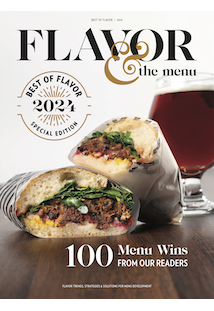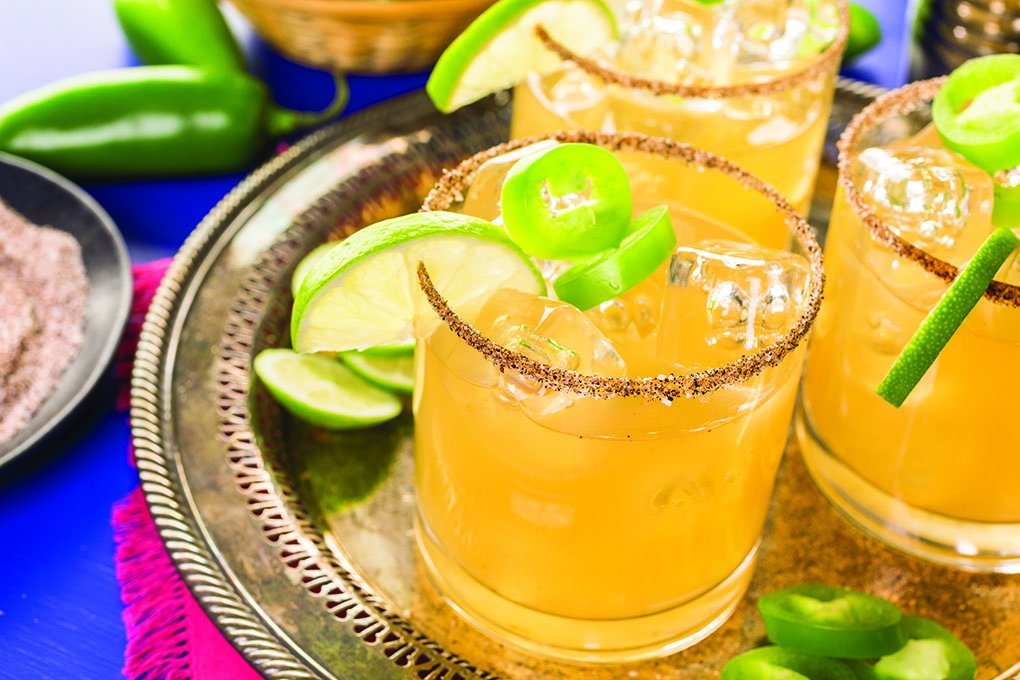A 1953 issue of Esquire magazine featured the margarita as its “Drink of the Month,” even though it had only been introduced in the United States a few years earlier. The drink came straight from its roots in Jalisco, Mexico, where the blue agave plants are grown. Almost 20 years later, it started to appear in frozen form, and it later lost its integrity altogether to those syrupy slushy machines and mass-produced ingredients. The good news is that the most popular cocktail in America has returned to its traditional roots in recent years, appearing as versions that hearken back to its Jalisco heritage—all the while presenting a modern profile.
Here are 10 ways the beloved beverage is being reinvented on cocktail menus today.










